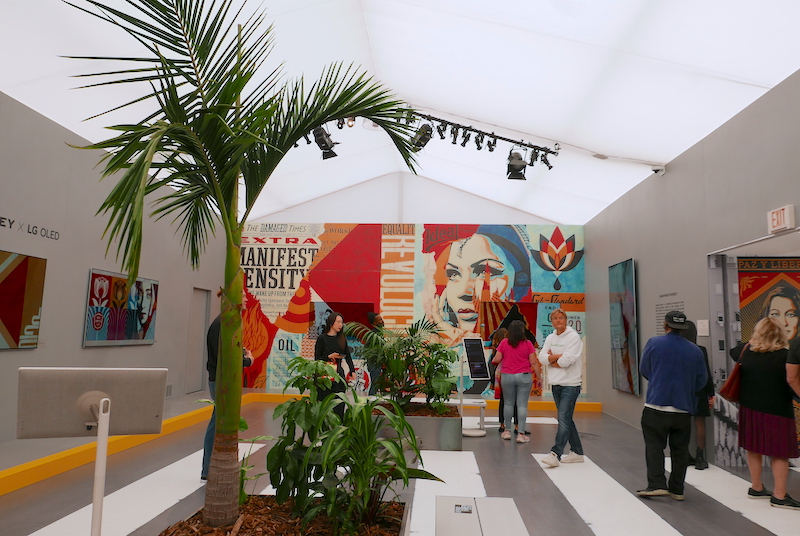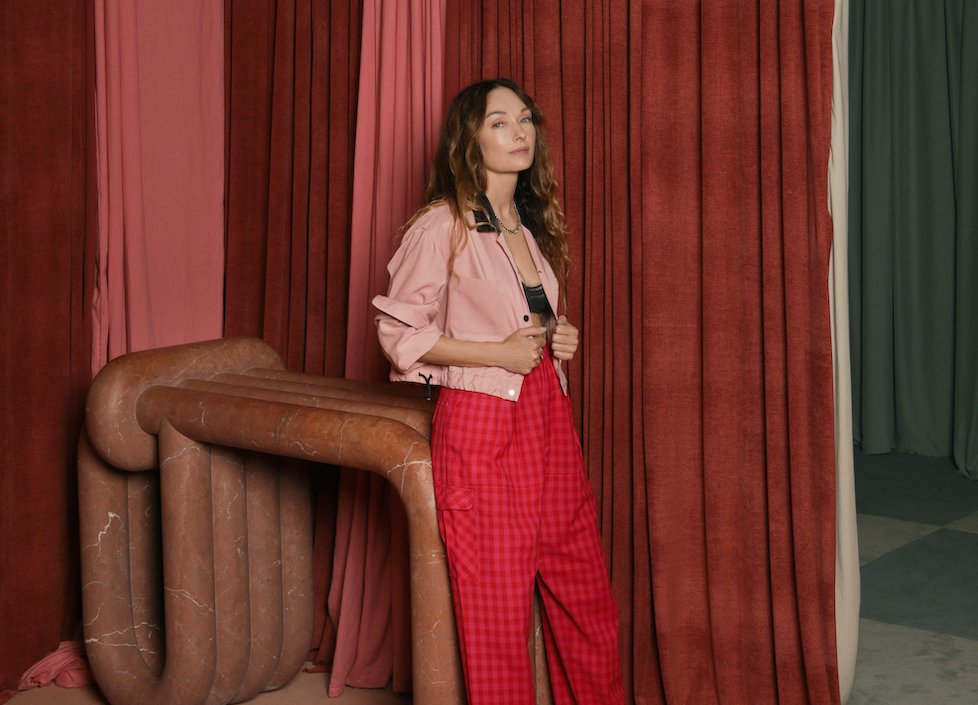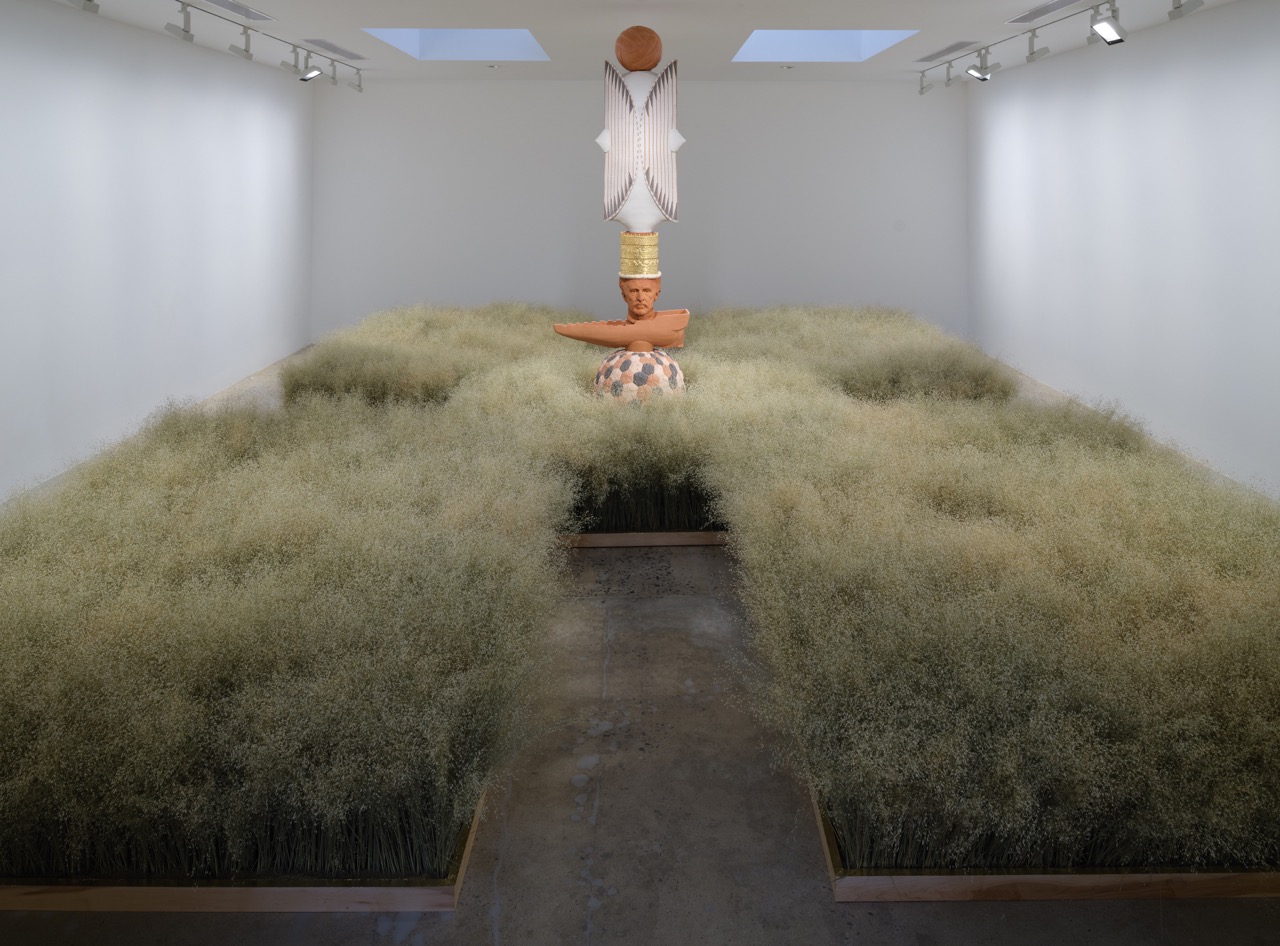Frieze Projects, the non-commercial commissions that take place each year within Frieze’s main space, has established itself as a platform for emerging artists to produce offbeat (and sometimes downright wacky) installations that frequently catapult them into international recognition.
This year, Greek architect Andreas Angelidakis was recruited to create a moveable space that could expand and shrink each day, resulting in a dynamic labyrinth that allowed each artist to take over the space throughout the week. The curatorial force behind the projects was Nicola Lees, who took on the formidable role of overseeing seven commissioned projects that ranged from paintball guns triggered by the visitors themselves, to a sumptuous mountain of oysters. The Londoner also sat on the board for the Emdash Award to select winner Pilvi Takala, and coordinated music, film, and talk programs.
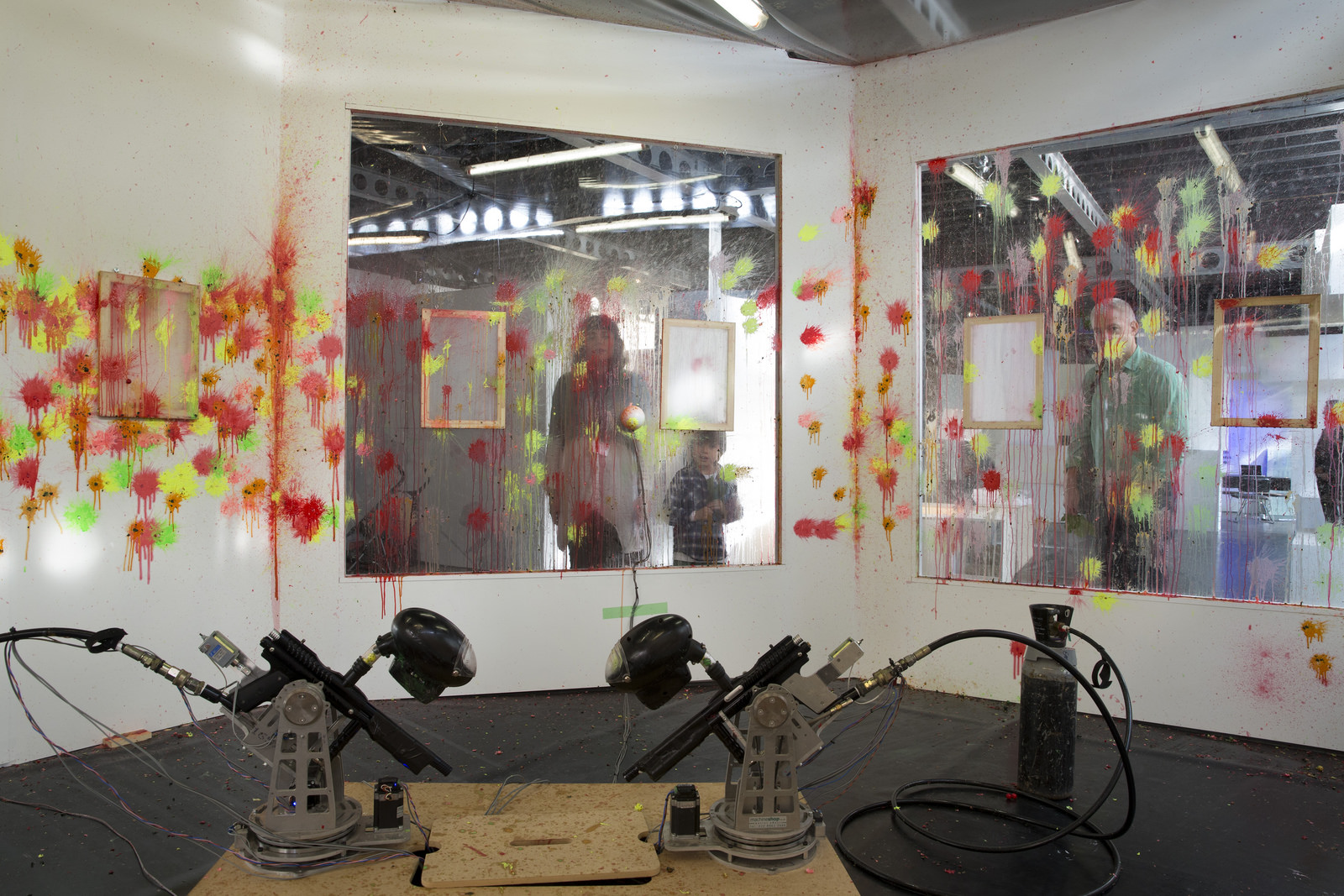
Photograph by Polly Braden
Courtesy of Frieze
Having formerly worked as a Senior Curator at London’s Serpentine Gallery, Frieze Projects is a testament to Lees’ creativity and fresh thinking when it comes to performance and time-based media. We managed to speak with Lees on the final day of the fair to look back on what had been a successful week.
WHITEWALL: Could you start by explaining your vision for Frieze Projects and the overall dialogue that runs through it?
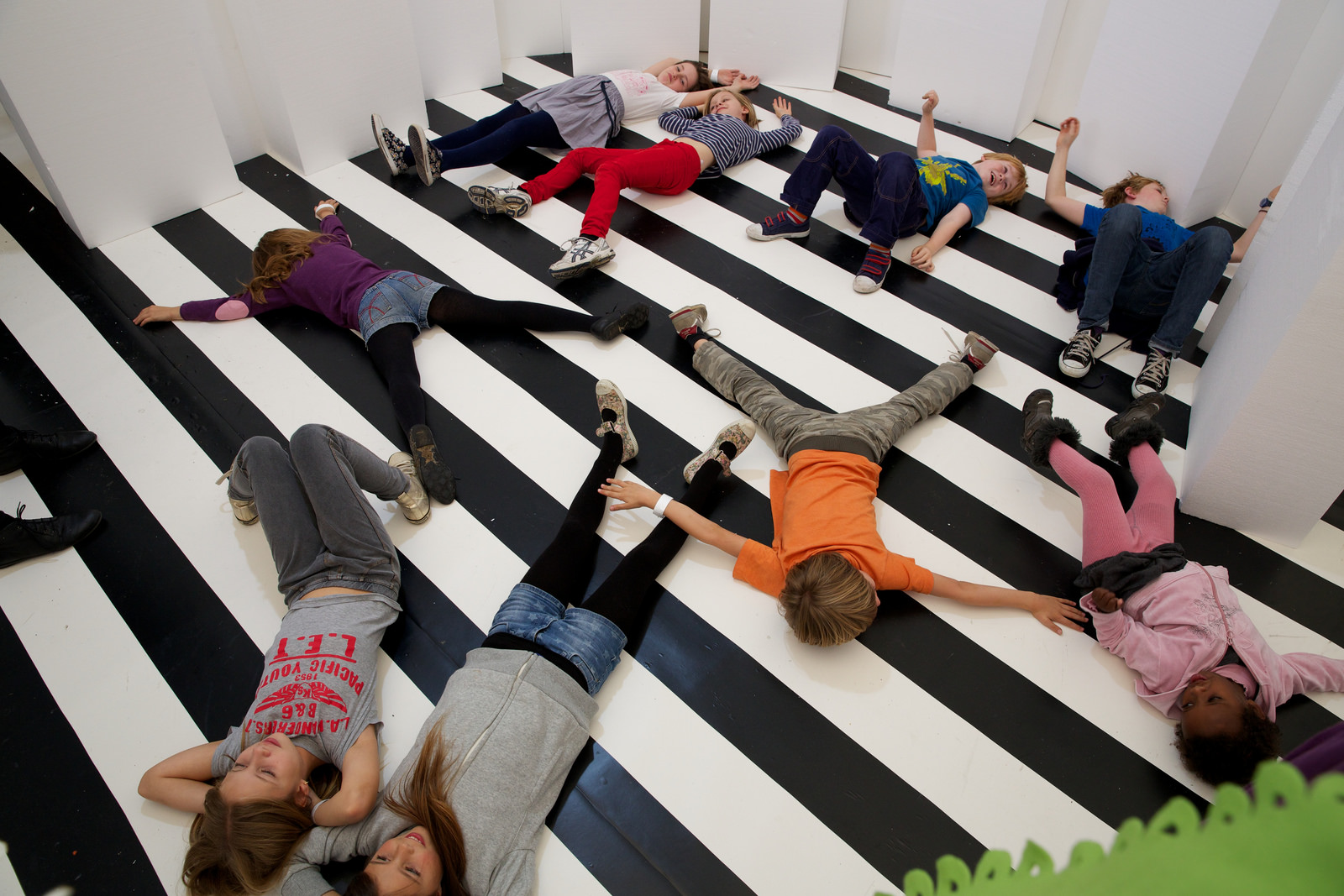
Angelo Plessas
Photograph by Polly Braden
Courtesy of Frieze
NICOLA LEES: I guess it began with a process of conversations with the directors. I felt quite strongly that I wanted to have one space, and initially I wanted it to be an island within the fair.
WW: The projects used to be dotted across the fair right?
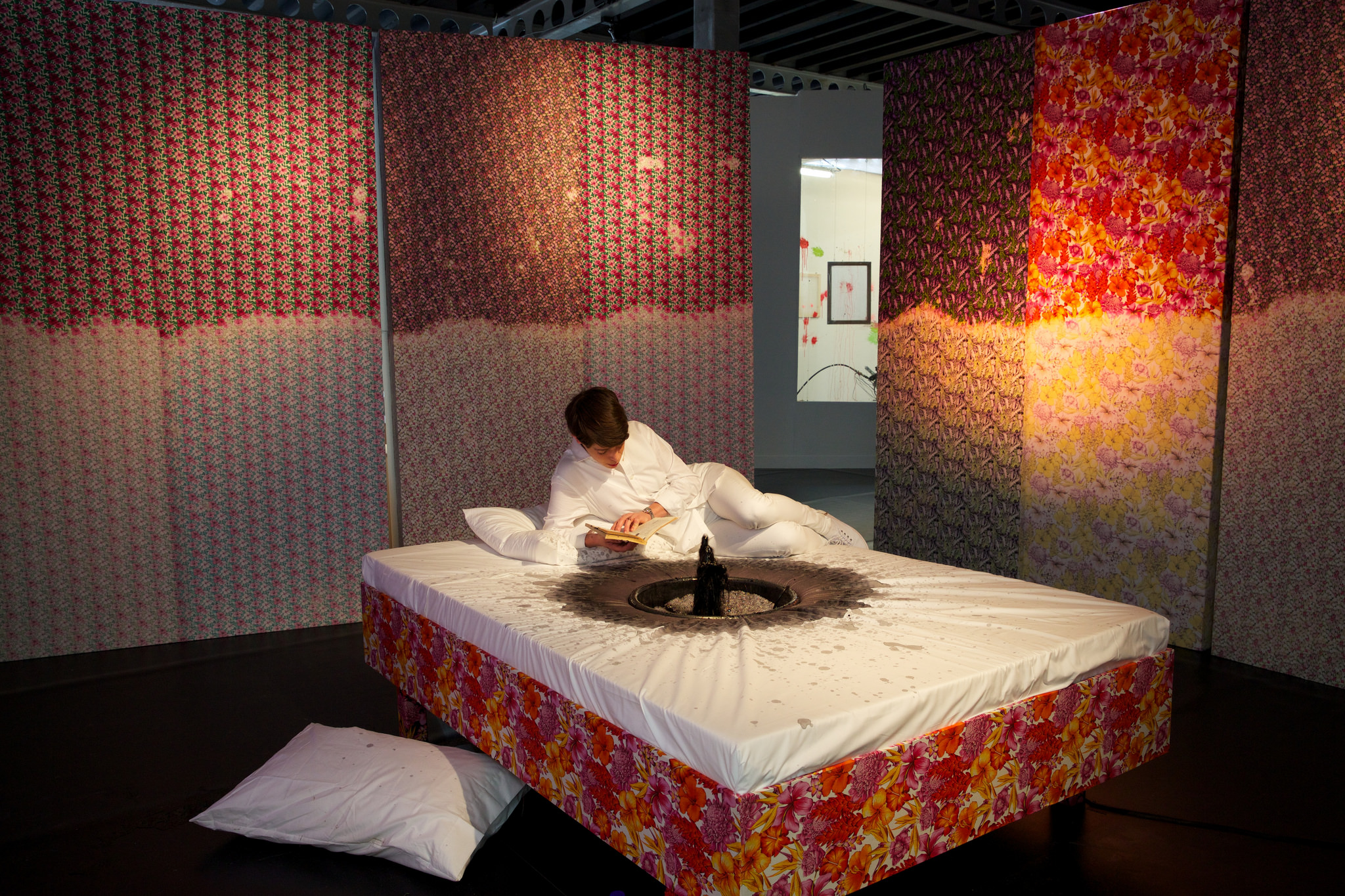
Photograph Polly Braden
Courtesy of Frieze
NL: Yeah. And so [the space] kind of became a cave because of the mezzanine, which has worked really well. I wanted the program to be very performative and so each artist has an installation but also a day when they can take over the whole space.
On Wednesday Lili Reynaud-Dewar spent seven hours in her bedroom piece reading Dustan. She’s only making bedrooms in 2013, and the works are a monument to writers writing about their private lives. There’s a joke with the bedrooms that she thinks museum directors and curators always make artists feel like tenants [laughs].
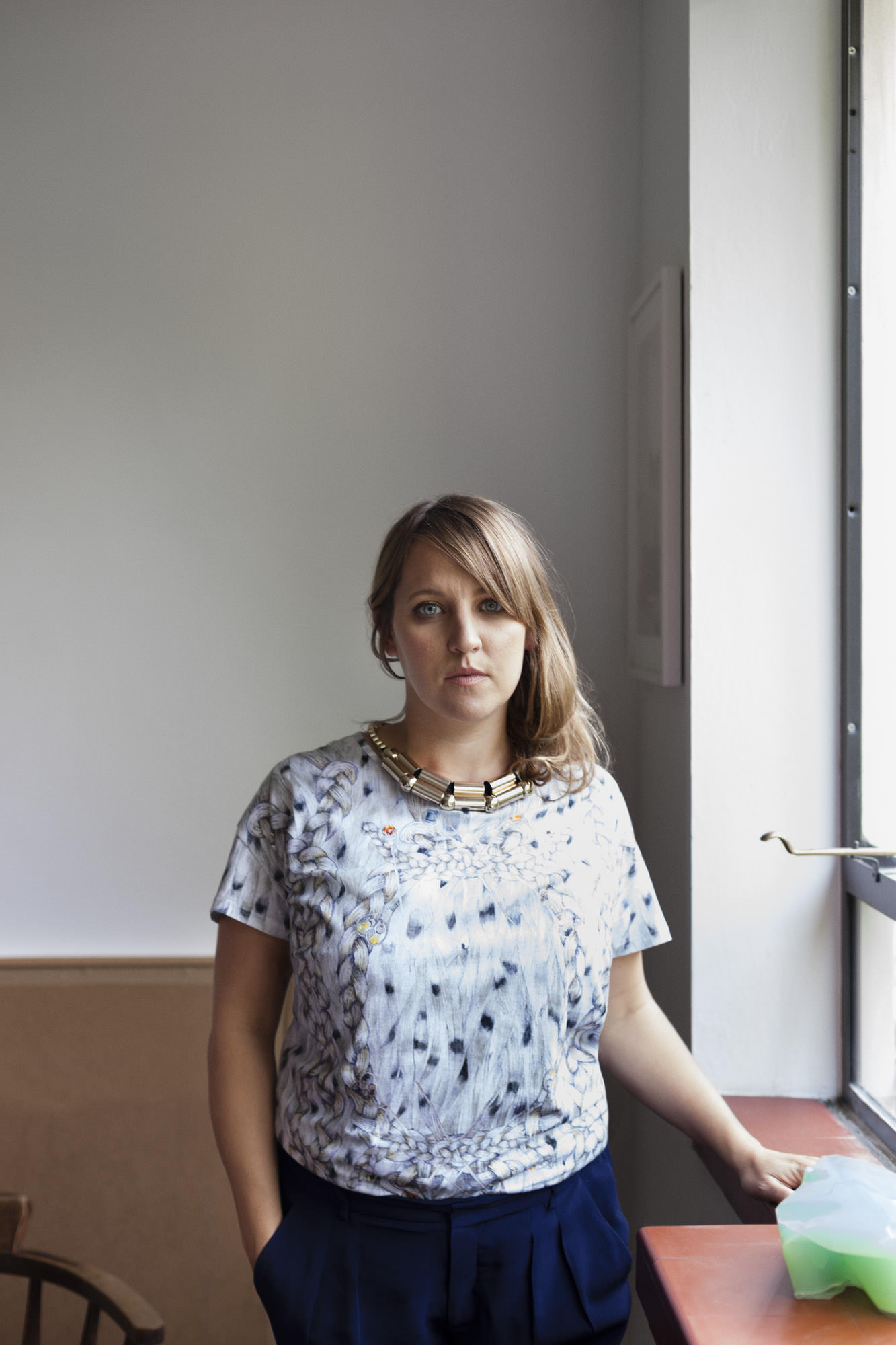
Courtesy of Frieze
Thursday, we focused on Rivane Neuenschwander’s Battleship game. The work has this childish curiosity in finding things, and, in some ways, she’s pre-organized the games so [the players] are actually playing against Rivane, even though she’s not there.
Josef Strau, who made the three “Letter Tunnels,” performed on Friday with Stefan [Tcherepnin]. They’ve started this narrative gallery blog – it’s really funny – and they were playing what they call “gallery music.” There are different rules to gallery music, the first being that gallery music shouldn’t make too much noise. Then Gerry Bibby did his performance on the Saturday. They turned the space into a talk show with the oysters piled outside. There were like 2000 oyster shells that Gerry had washed, dipped, dyed, and covered in latex.
WW: Were all the oysters eaten before the fair?
NL: Yeah. Gerry used to work at the fair and so he wanted to feed them to all the tent and wall guys. He used to plant trees and he found the shells in the soil in the park. The black containers [on display] are sort of the vessels of his labor and we used them to transport the shells.
[On the final day] Ken Okiishi’s paintings came out of the room, a process of accumulation and deconstruction. There was also this idea stemming from Elaine Sturtevant: how can you create a dynamic image? There are these little robot hoovers – mops actually – that cleaned up [the paint]. They had cameras that streamed footage from inside the room while people outside photographed the process.
WW: You’ve introduced the family space this year. Was it important for it to be very interactive?
NL: There’s always been something like it but it was more about responding to a project or the fair. This year we really wanted to make it into a project in itself.
We wanted the space, made out of polystyrene and designed by Andreas Angelidakis, to be modular and moveable, and the kids made these crazy forts. I really wanted to have a circular wall because everything in the fair is a grid – it refers to Aldo Van Eyck’s post-war playgrounds in Holland. Also, when Cedric Price made the Fun Palace all the materials had different sell by dates; maybe the windows were ten years but the seats were meant to degrade and change every year. We played with that idea.
WW: Do you think you can narrow down the key themes that run through the projects?
NL: There is playfulness to it, yet all the works do have seriousness to them. As Lili says, it’s also important that people get the joke, as well, and so the joke can be quite serious with a Duchampian black humor. There are also underlying politics with [Rivane’s] battleships and [Okiishi’s] guns, and Josef’s piece is really about the writer being the last advocate, the last person that can really say something against power and politics. Josef, Gerry, and Lili all share an interest in writing, and a lot of the works also have a historical counter point. I’ve always come from a very time-based, discursive, and performative background.
WW: In comparison to your time at the Serpentine, what are the advantages of working within the framework of an art fair?
NL: I really love the fact that it’s five days, there’s something playful in that. Exhibitions are quite often up for four weeks and it’s really hard to keep the same energy. I’m interested in process and so a lot of the works have this other life. With Lili’s reading she’s actually going to use the audio [of the performance] to make another piece of work. There’s this unfixed point so that the works can have an evolution.
WW: It’s your first year at the fair. Were you nervous of people’s expectations?
NL: No, I just want the artists to be happy. If the artists are happy then everyone’s happy.





